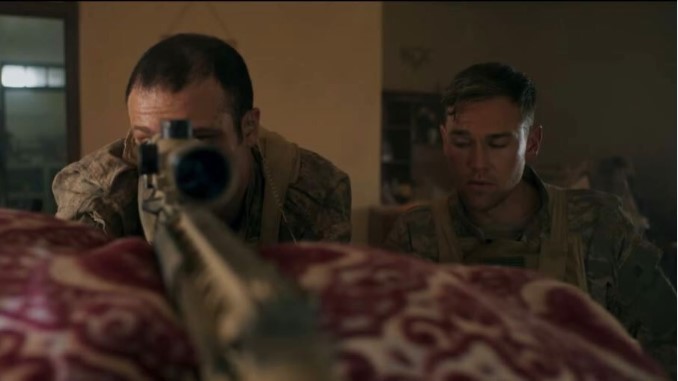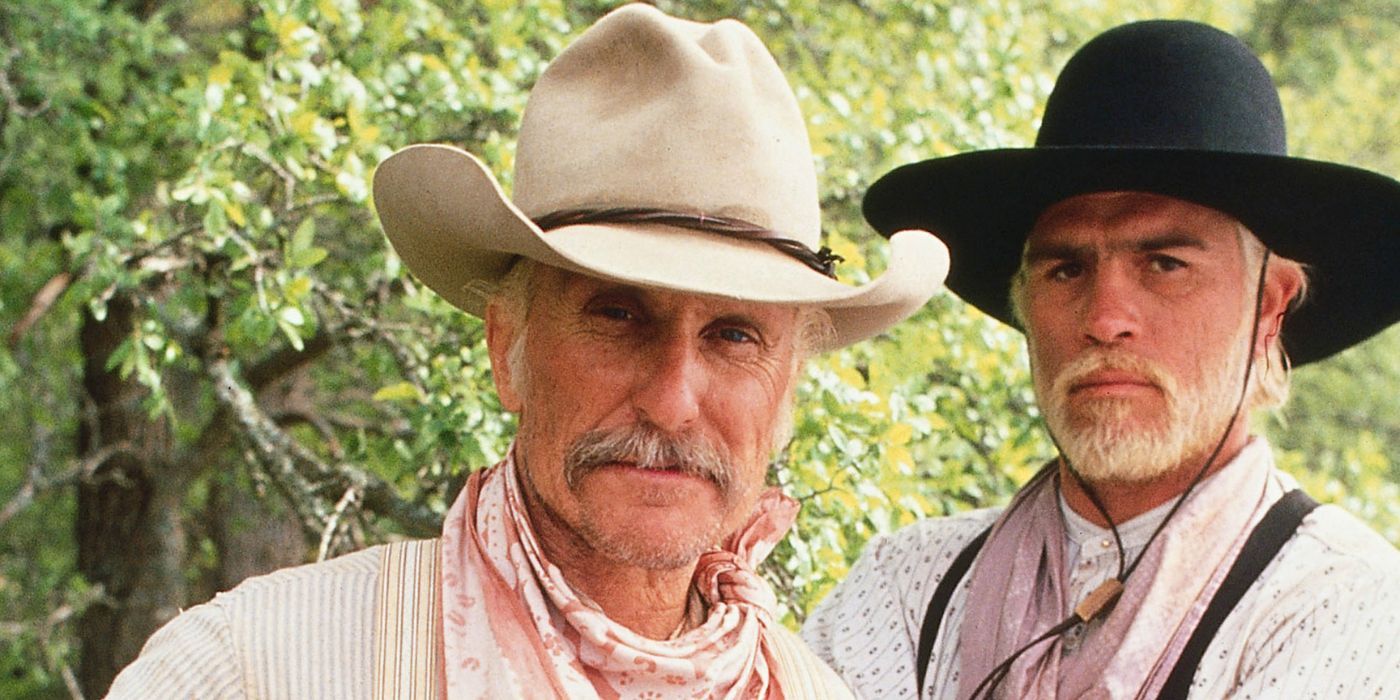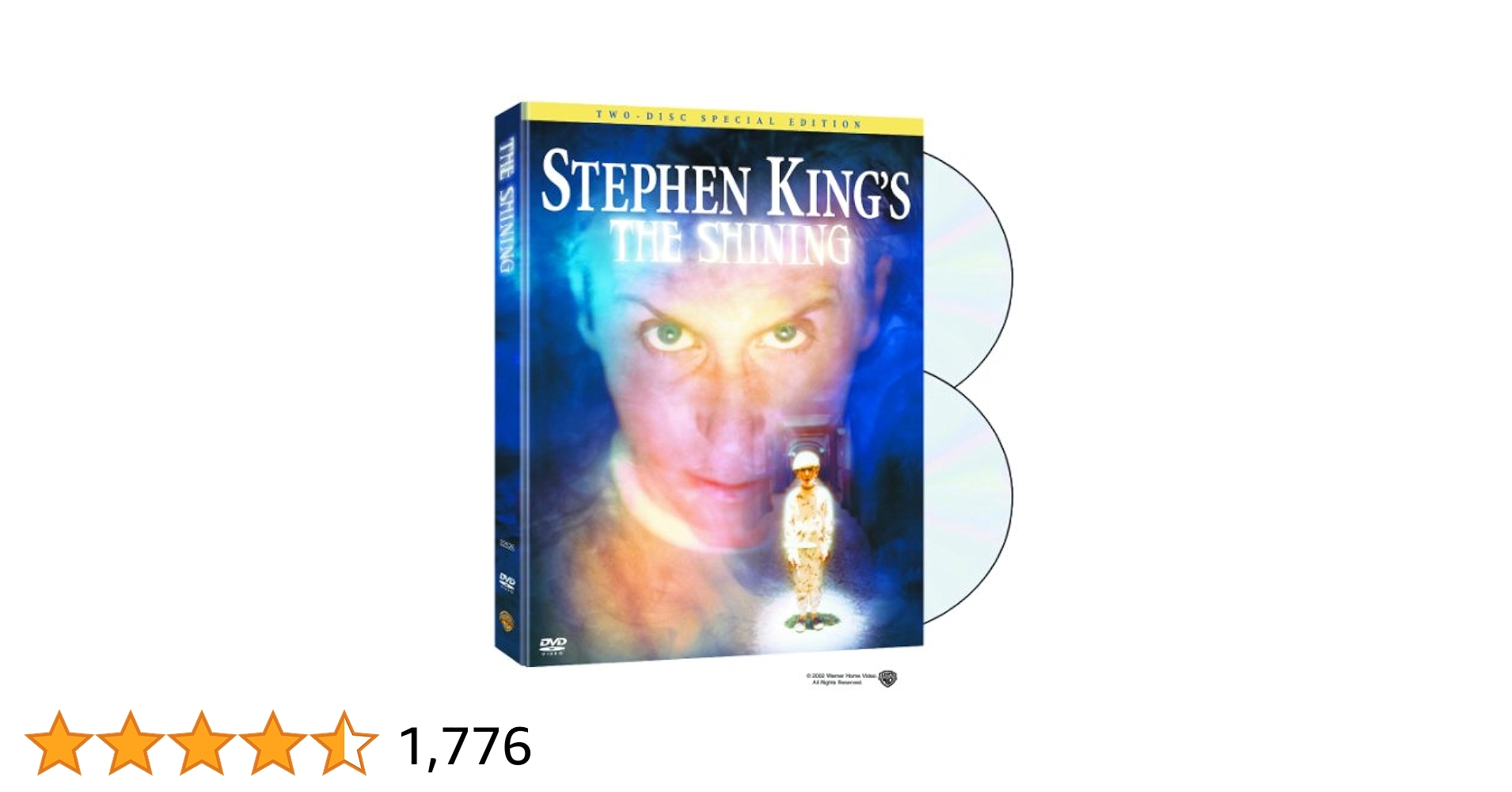An In-Depth Look at Warfare’s Storyline
Warfare, a common element in various forms of entertainment, unfolds captivating storylines that often delve deep into themes of conflict, strategy, and the human experience. Whether portrayed in movies, video games, literature, or historical accounts, these narratives are crafted to engage audiences through a mix of action, drama, and emotion.
Crafting Complexity in Characters and Plotlines
One key aspect that sets apart powerful warfare storylines is the complexity of characters and plotlines. By creating multidimensional protagonists and antagonists with motives, flaws, and evolving arcs, storytellers add depth and authenticity to the narrative. Layered plots interwoven with twists and turns keep viewers or readers at the edge of their seats, offering a rich and immersive experience.
Navigating Ethical Dilemmas and Moral Conundrums
Effective warfare storylines often confront audiences with ethical dilemmas and moral conundrums. By exploring the impacts of decisions made during times of conflict, these narratives provoke thought and discussion on topics of justice, duty, sacrifice, and the human cost of war. Engaging with these themes can evoke empathy and introspection among audiences, fostering a deeper connection with the storyline.
Anticipating the Evolution of Warfare Narratives
Looking ahead, the entertainment industry is poised to continue evolving warfare storylines to reflect contemporary societal issues, technological advancements, and changing perspectives on conflict. The future of warfare narratives may incorporate virtual reality experiences, branching storylines driven by player choices, or explore futuristic scenarios that challenge our current understanding of warfare.
Stunning Visuals: Cinematography at its Best
Cinematography is the art of capturing moving images on film or a digital medium, and when executed skillfully, it can elevate a movie to new heights. The impact of cinematography cannot be overstated—it is the visual language that speaks directly to the viewer’s emotions, enhancing storytelling and creating an immersive experience.
Great cinematography goes beyond merely recording a scene; it involves crafting each frame with careful consideration of lighting, composition, camera movement, and visual aesthetics. The best cinematographers possess a keen eye for detail and a deep understanding of how visual elements can convey mood, tone, and meaning.
Stunning visuals in cinematography not only serve an aesthetic purpose but also contribute significantly to the narrative. From the sweeping landscapes in epic films to the intimate close-ups in character-driven dramas, every frame is a deliberate choice that shapes the viewer’s perception and emotional response.
Iconic filmmakers like Roger Deakins, Emmanuel Lubezki, and Christopher Doyle have set the standard for breathtaking cinematography, pushing the boundaries of what can be achieved visually on screen. Their work serves as a testament to the power of cinematography in transforming a movie into a captivating work of art.
For audiences, stunning visuals are an integral part of the cinematic experience, leaving a lasting impression long after the credits roll. They create moments of visual poetry that transcend language and culture, resonating with viewers on a primal level.
A Deep Dive into the Characters and Their Arcs
Exploring the intricate layers of characters and their evolving storylines can provide profound insights into the narrative. Each character’s arc contributes to the overall tapestry of the story, adding depth and complexity.
Unraveling Character Motivations
Understanding the motivations behind a character’s actions is key to comprehending their arc. Delve deep into their desires, fears, and relationships to unveil the driving forces that shape their journey.
Evolution Through Challenges
Characters often undergo transformative experiences and face challenges that push them to grow. By tracing their progression from the beginning to the current point in the story, one can witness the evolution of their personalities and beliefs.
Significance of Relationships
The connections characters form with others play a pivotal role in shaping their arcs. Analyze how these relationships influence their decisions and development, highlighting the impact of camaraderie, love, or conflict on their trajectories.
Impactful Soundtrack: Elevating the Cinematic Experience
Breaking Down the Headlines
Soundtracks play a crucial role in enhancing the cinematic experience, setting the mood, evoking emotions, and creating memorable moments in movies. Recent developments show a growing recognition of the significance of soundtracks in films, with composers gaining more attention and awards for their exceptional work.
The Bigger Picture
Soundtracks have been an integral part of filmmaking since the early days of silent cinema. Over time, they have evolved to become an art form in their own right, contributing to the narrative and visual elements of the film. The use of soundtracks has expanded to include a wide range of genres and styles, reflecting the diversity of storytelling in modern cinema.
What This Means Going Forward
The increasing focus on impactful soundtracks signals a continued appreciation for the artistic value they bring to movies. As filmmakers and composers collaborate to create immersive audio experiences, audiences can expect even greater integration of music with visual storytelling. This trend is likely to elevate the overall cinematic experience, fostering deeper audience engagement and emotional connection with films.




